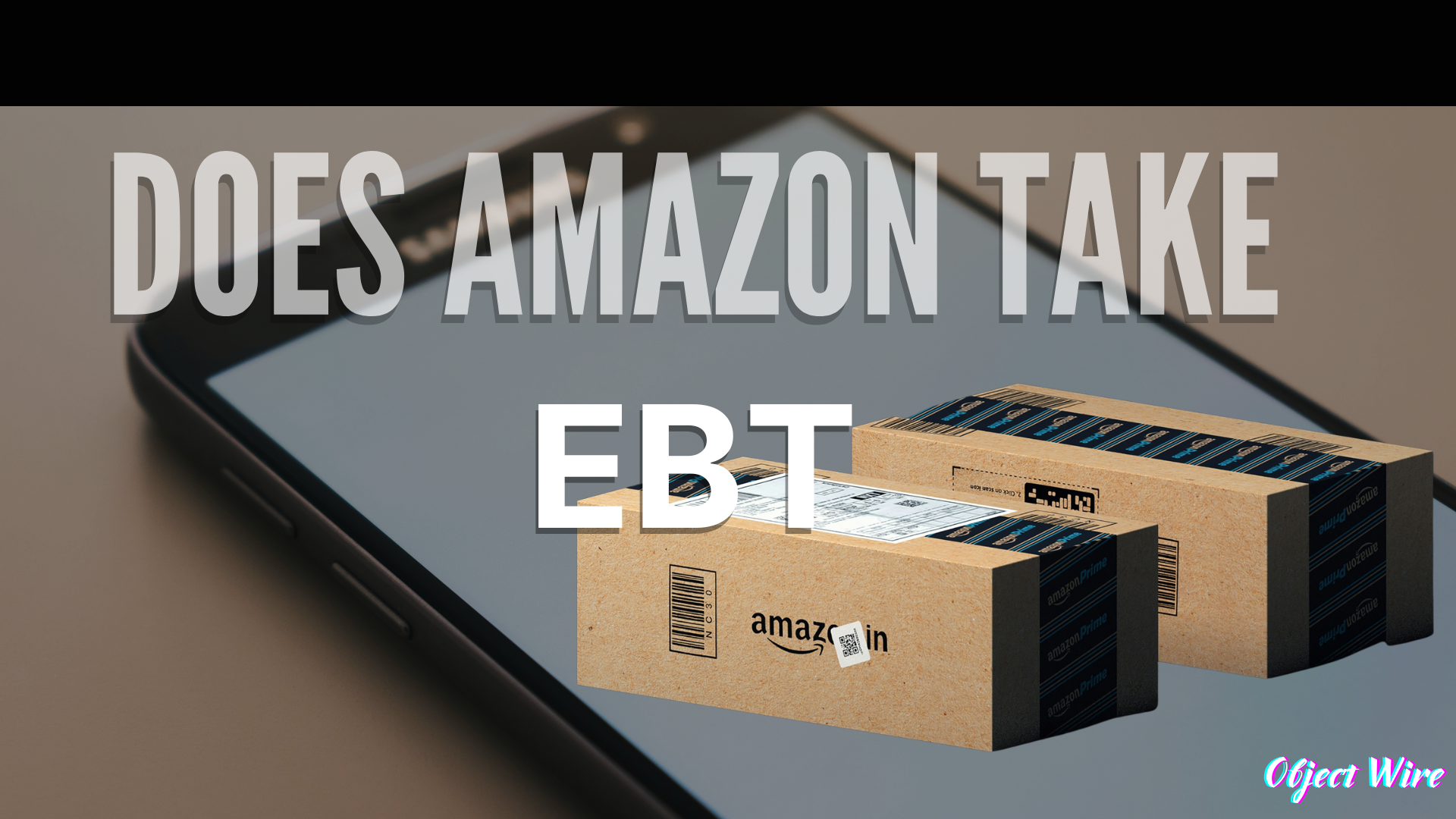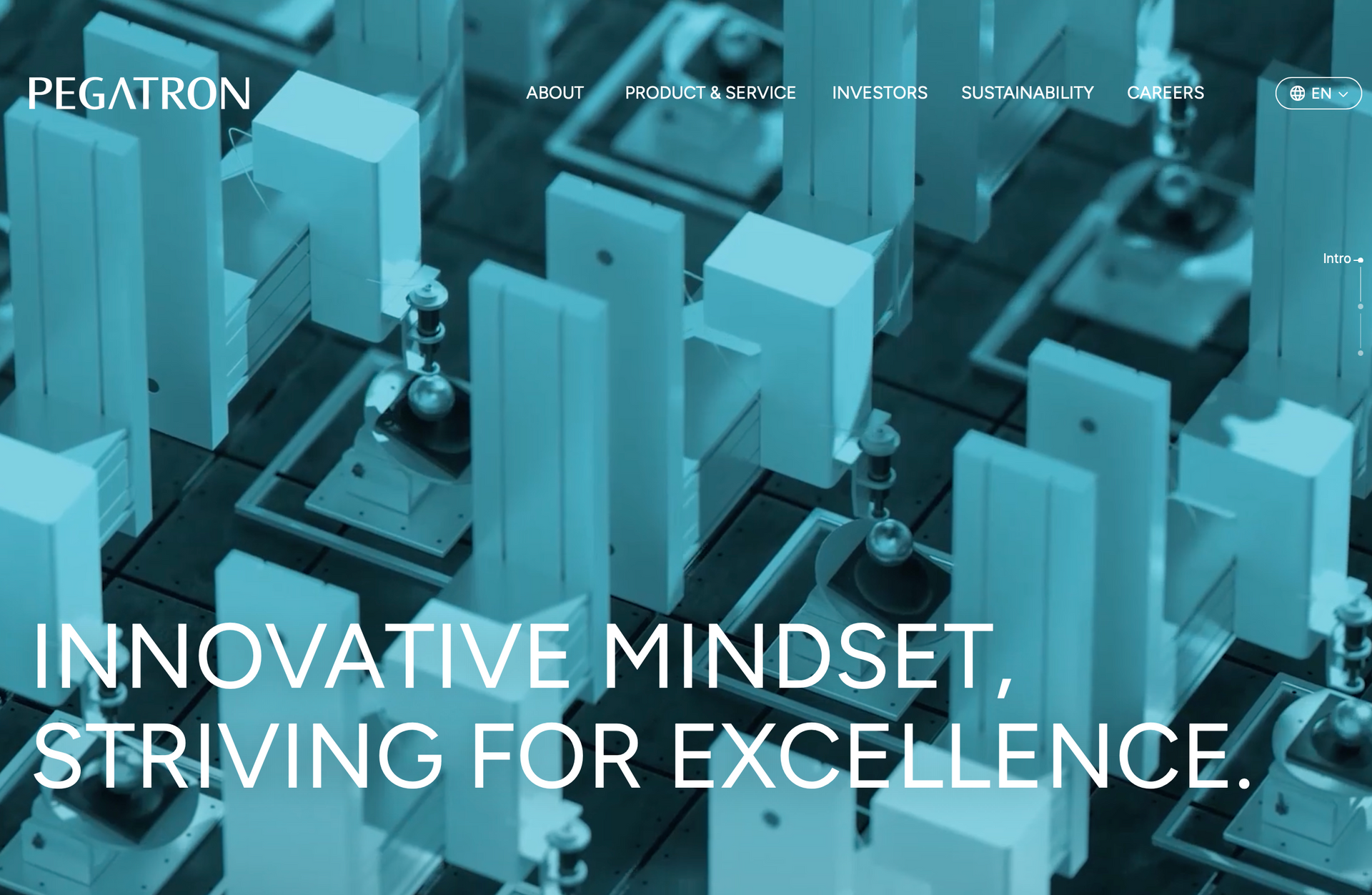Washington, D.C. Caught Manipulating Crime Data: Michael Pulliam Investigation
As the nation’s capital grapples with rising safety concerns, is this a deliberate cover-up or a misunderstanding of protocol?
The Allegations: Uncovering Crime Data Manipulation in D.C.
In mid-May 2025, the MPD placed Commander Michael Pulliam on paid administrative leave amid accusations of altering crime statistics in the 3rd District, covering Adams Morgan and Columbia Heights. The investigation, reported by
NBC4 Washington, centers on claims that Pulliam directed officers to downgrade felony offenses—such as shootings or carjackings—to lesser charges like “felony assault” or “injured person to hospital.”
These categories, less visible in public reports, allegedly skewed perceptions of violent crime, which MPD claimed dropped 26% year-over-year in 2025.
Could this be a deliberate effort to mislead the public?
Objective Insight: The Fraternal Order of Police (FOP) alleges a pattern of downgrading violent crimes, citing internal officer reports.
Who Is Michael Pulliam? A Commander in the Crosshairs
Michael Pulliam, a seasoned MPD commander, led the 3rd District until his suspension. Known for his community engagement in high-crime areas, Pulliam denies the allegations, as reported by The Blaze. His leave followed an equal employment opportunity complaint he filed against Executive Assistant Chief Andre Wright, raising questions about retaliation. Just a week prior, Pulliam’s wife, Captain Rachel Pulliam, was reassigned from the Youth Division to a midnight shift, a move he viewed as punitive. Is Pulliam a scapegoat for broader systemic issues, or a key player in data manipulation?
Research Insight: Sources suggest Pulliam’s complaint against Wright may have triggered his investigation, hinting at internal MPD tensions.
How Crime Data Was Allegedly Altered According too Micheal Pulliam
The FOP, led by Chairman Gregg Pemberton, claims MPD supervisors routinely instructed officers to misclassify violent crimes to keep stats low.
For example, a shooting might be logged as a “felony assault,” which isn’t tracked in the FBI’s Uniform Crime Reporting program or MPD’s daily stats. Pemberton told NBC4, “This is deliberately done,” citing directives from command staff. MPD’s 2025 data showed a 26% drop in violent crime, but Pemberton called this “preposterous,” noting a similar 34% claim in 2024 was questionable. X posts echo this skepticism, with users like @Wyntre999
For Context:
- 26% reported violent crime drop in 2025, down from 34% in 2024.
Research Insight: MPD’s public dashboard reflects a 7% overall crime reduction, but union evidence suggests manipulation.
Why Manipulate Crime Data in D.C.?
Washington, D.C.’s crime narrative is under scrutiny as violent crime ranks among the highest per capita nationally, per X discussions. Political pressure to show progress, especially post-2024’s crime surge, may incentivize data manipulation.
The FOP alleges command staff directives aim to appease public and federal oversight, including from President Trump, who called D.C. crime an “epidemic” in 2025. Pulliam’s case, following his complaint against a senior officer, suggests internal politics may play a role. Could this be a systemic effort to mask a deeper crime crisis
Public and Media Reaction: Outrage and Calls for Reform
The scandal has sparked outrage, with X users like @tiffanie_tx
amplifying the story, accusing MPD of creating a false 26% crime drop. Media outlets, from The Washington Free Beacon to The Post Millennial, report widespread distrust, with 60% of local residents surveyed doubting MPD’s stats. The FOP’s evidence collection, including officer testimonies, fuels calls for transparency. Chief Pamela Smith responded, “I do not condone reclassifying offenses outside MPD policy,” promising accountability. Will public pressure force a reckoning?
- 60% of D.C. residents distrust MPD crime stats, per local surveys.
This reveal a troubling pattern of crime data manipulation in Washington, D.C., challenging the city’s safety narrative. As residents demand clarity, the outcome of this investigation could reshape policing and public trust.
For more on “Washington DC crime data scandal 2025,” stay tuned to objectwire.org.
Contact Us
Nova Scotia just handed me a fine for $28,872.50 for walking into the woods. pic.twitter.com/sARyEzHAzR
— Jeff Evely (@JeffEvely) August 9, 2025





